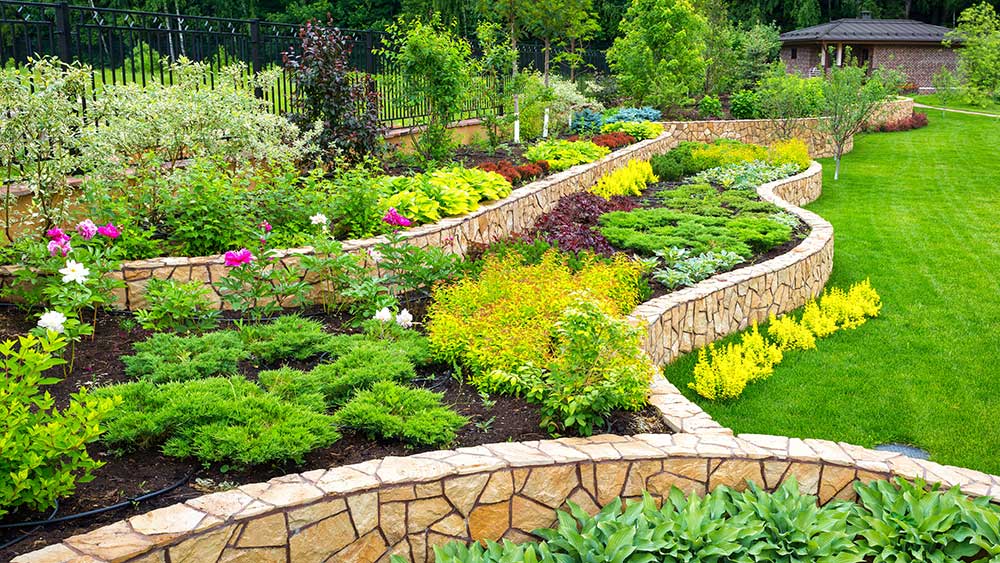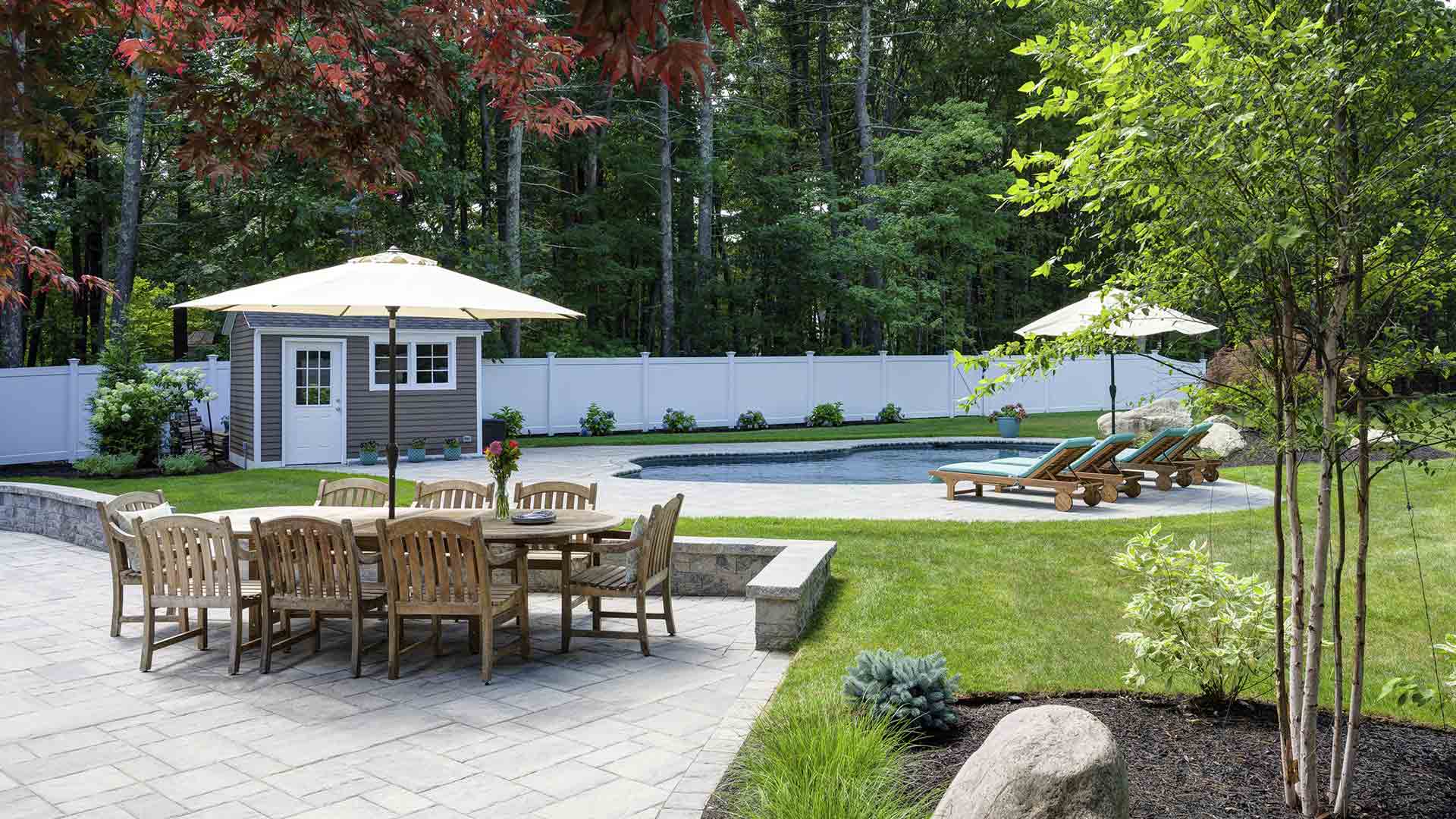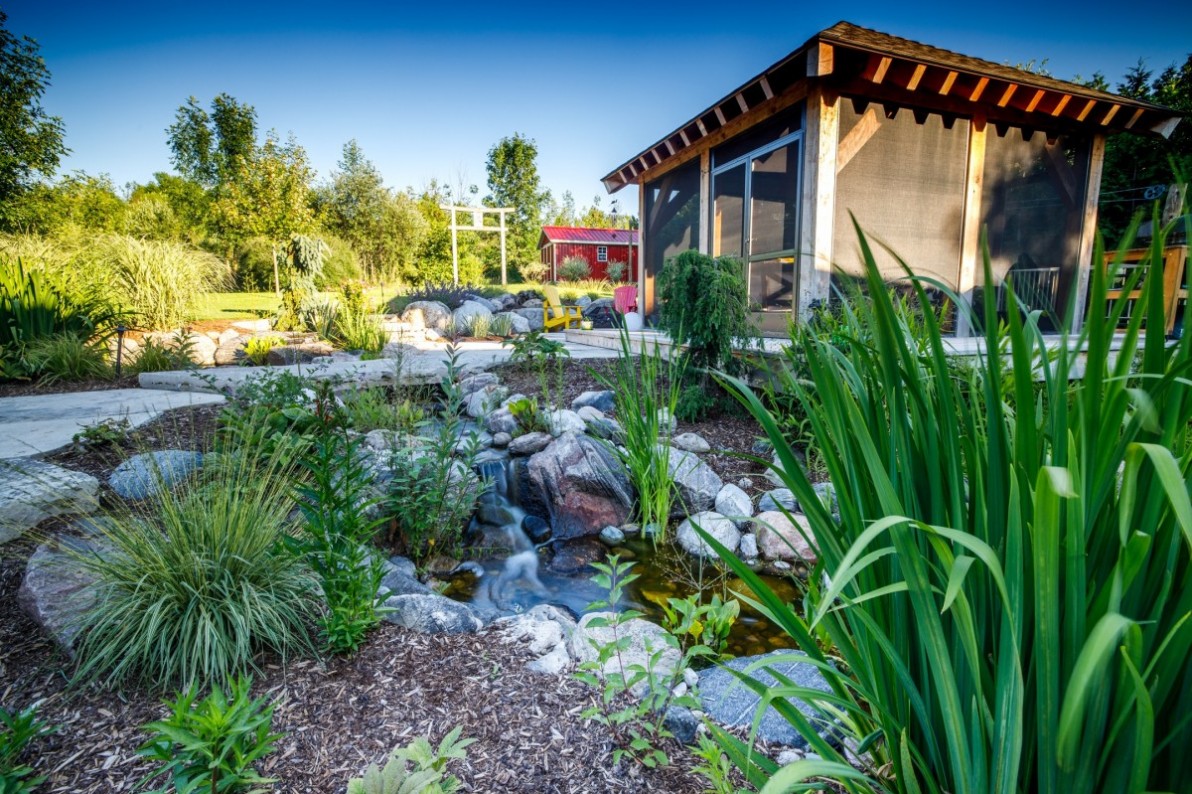Getting My Landscapers To Work
Getting My Landscapers To Work
Blog Article
The Best Guide To Landscapers
Table of ContentsThe 20-Second Trick For LandscapersFascination About Landscapers4 Simple Techniques For LandscapersOur Landscapers DiariesLandscapers Fundamentals Explained
- A tree or bush (shrub) that loses its fallen leaves in winter. In the PNW there are semi-deciduous or semi-evergreen plants that may shed their fallen leaves relying on just how cool the wintertime is. Abelia and some hebe are fine examples. Landscapers. - A flat gathering space, made of timber or composite product (made to appear like wood), usually nearby or connected to a structure.

This is a natural process, and the outcome can be used for courses and patios. - Key landscape attributes being suggested in a landscape design strategy.
The Ultimate Guide To Landscapers
These goals lead the style process, not the developer's style or preferences. Usual style objectives in Rose city are low upkeep, drought forgiving, and pet friendly.
Over time this layer can get really thick and make it tough for water, sun, and nutrients to get to portions of the grass.- The process of gathering and controlling the circulation of water on a property. This can be performed with grading, French drains, completely dry wells, permeable surface areas, sump pump, rain yards, and more.
- A sluggish feeding watering system that makes use of flexible tubes and emitters to send out a precise amount of water to each plant. - The capacity of a plant to endure without much summer water.
- A yard attribute where water is represented by an aggregate stone item, generally a gravel or granite. These are most typically discovered in modern-day and Japanese yard design.- A stone or flagstone outdoor patio, course, or sidewalk built without a concrete base. The base would be compacted gravel and the joints would certainly be an accumulation or walkable ground cover.
Landscapers Fundamentals Explained
- A stone preserving or totally free standing wall surface built without the usage of mortar. - An underground framework that gather water and allows it to slow down percolate right into the soil around it.
Landscape design that is suitable with a sites' atmosphere in both look and sustainability without adverse effects to the setting. Bordering in the landscape is a line of demarcation that develops visual rate of interest in the yard by separating one section from an additional segment. This can be aesthetic or article useful, keeping one element (such as pea crushed rock) from obtaining mixed into one more (like bark dirt).
Areas can likewise have a sensation of "unit" provided by trees, other plantings, fences, or screens. The landscape near the entrance to a building. A tree, bush or creeping plant, educated to expand published here on a wall surface or fencing right into a particular pattern. Particularly valuable for fruit trees, making it very easy to harvest the fruit and containing mess.
A plant that is not native to the area where it will certainly be grown. Thicker bladed turf lawn that spread through rhizomes.: The level of dirt on your property prior to bark dirt or compost is spread.
Not known Facts About Landscapers

The function, factor, or action that a location is be landscaped for. Staircases work, for instance, to allow foot web traffic backwards and forwards a slope. Area for expanding plants for seeing, consuming, or exercise. A roofed building made use of over an outdoor event space. The sprouting of a seed, maybe describing a lawn that is being grown from seed.
Rock product, either rounded or fractured, that is fairly little- generally 1" or less. Low plants that are enabled or motivated to top a location. Can describe any "hard" garden aspects consisting of statuary or rocks yet most typically is utilized to describe courses, patio areas, and walls.: Elevation distinction in between the level of water in a pond (or the level of the pump if it sits outside the pond) and the upper outlet of water which affects efficiency of the water pump in gph (gallons per hour). Thick hedges or trees that create a fencing, display, or border.

The Basic Principles Of Landscapers
Conventional PNW landscapes are casual. A plant that spreads out more than preferred, or right his explanation into environments where it does damage.
Can include head positionings and coverage, pipeline sizing, GPM specifications, and products required to mount this system. Licensed professional who designs landscapes, schooled in engineering and architecture as well as in horticulture.
Landscape developers commonly have much less schooling than Landscape Architects and are not licensed. A finished landscape style, outlining all elements for the brand-new landscape.
Calcium product utilized to raise the pH in dirt, which will certainly make it less hospitable to moss. A water limited HDPE material used below fish ponds, streams and waterfalls in water features. Making use of lots of growings of the same selection to complete an area in the landscape. This can decrease upkeep and water use in the garden.
Report this page